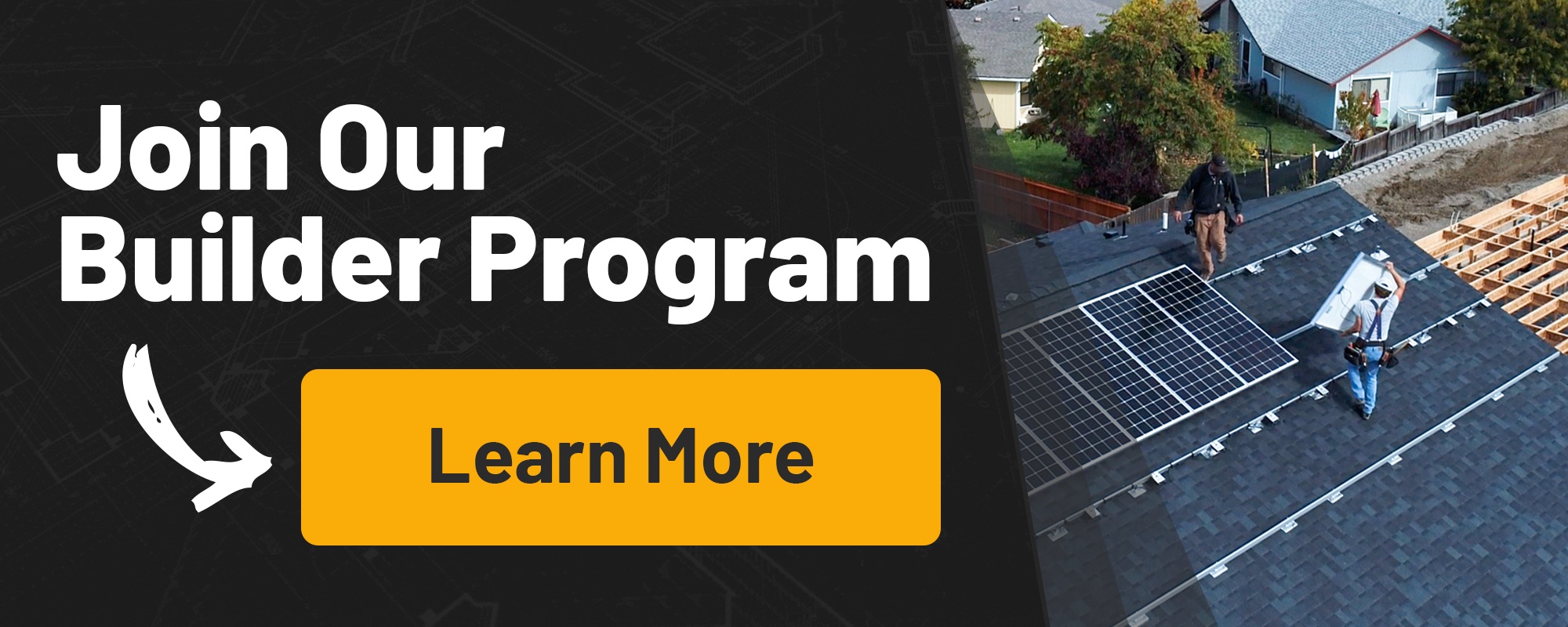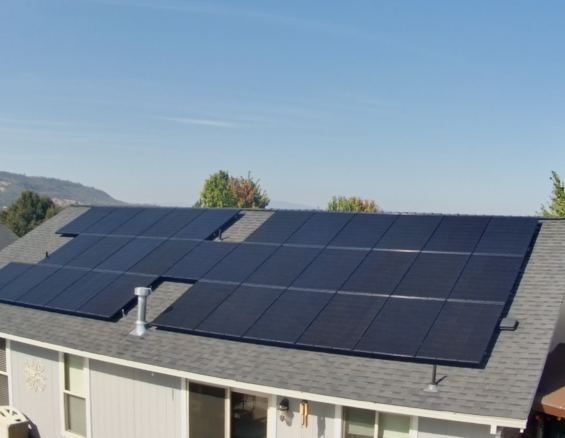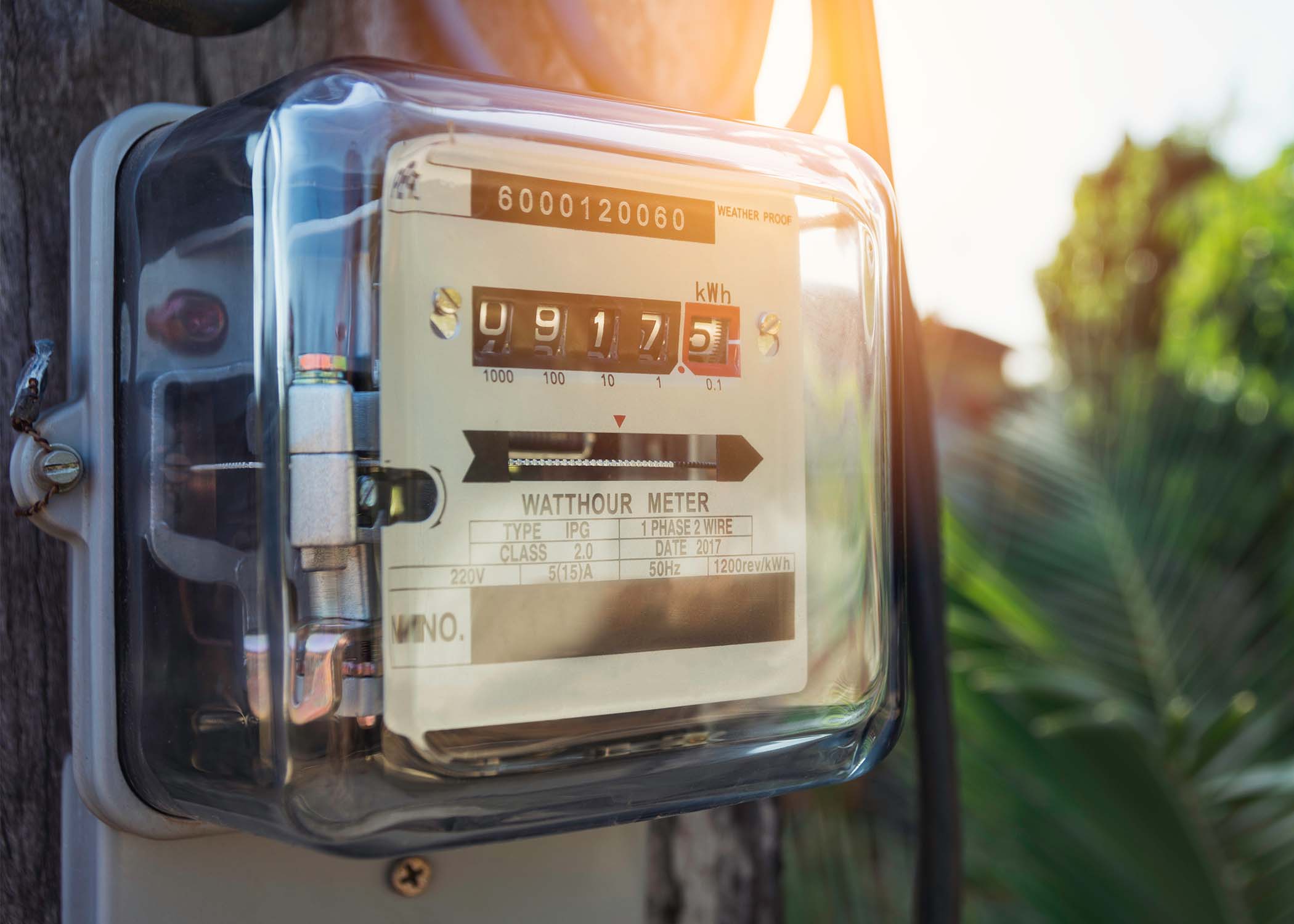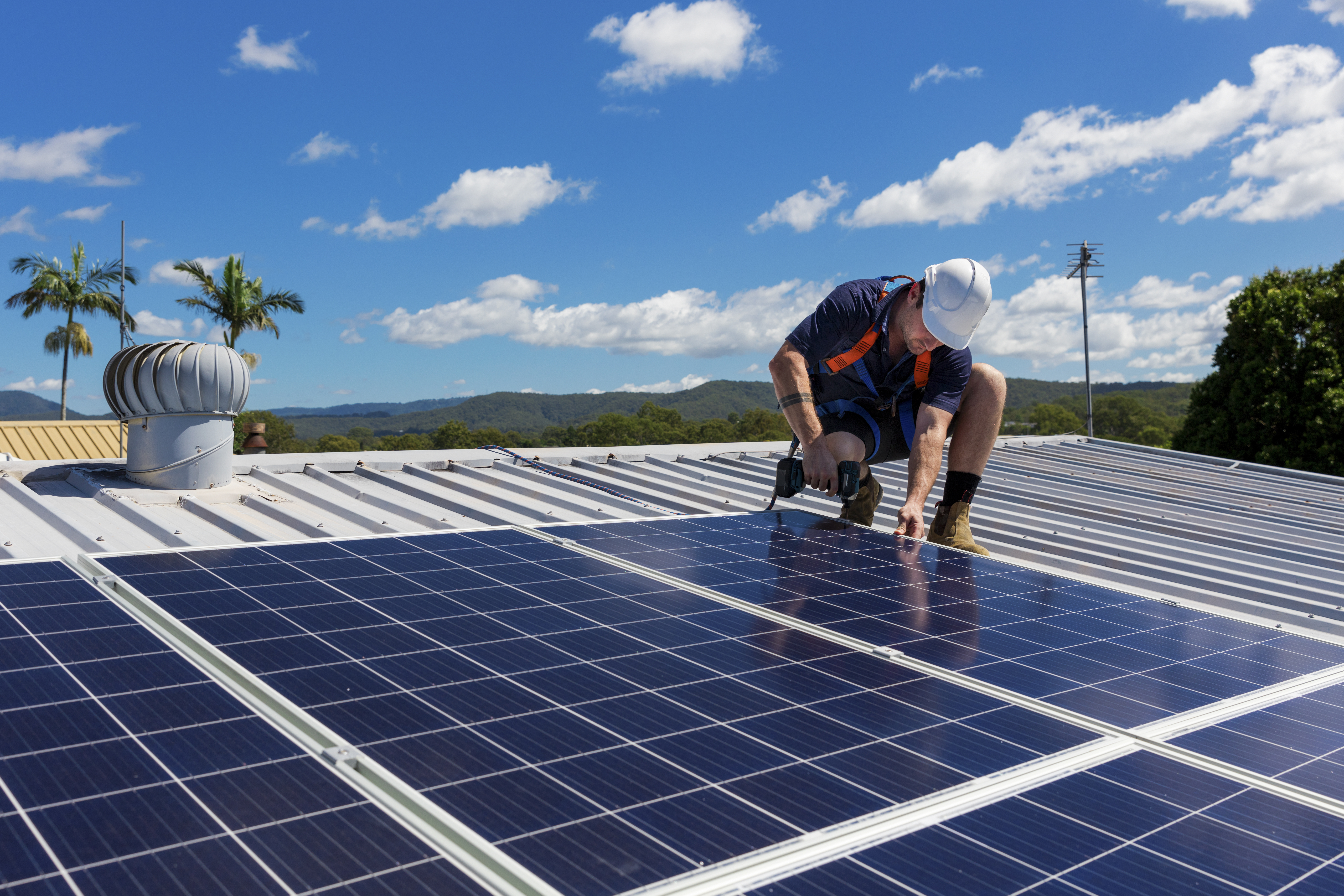In 2019, the United States surpassed 2 million solar installations, doubling from 2016 numbers and likely to double again by 2023.
That sounds nice.
But what does that translate to?
Digging a little deeper, we find the country currently has enough solar capacity to power 18 million homes.
That’s no small number.
Adding to this momentum, the average price for a residential solar system dropped by 50% from 2010 prices to $20,000.
This enticing cost is a major reason solar has been so dominant in upper-income households.
But a new National Renewable Energy Laboratory study finds that there’s untapped potential for low-income solar (where household income levels are 80% or less of the median income level).

Improving Access to Solar Panels for Low-Income Housing
Thanks to technological innovations, solar prices have plummeted while energy production has skyrocketed.
And as solar panels become more affordable, the market continues to expand, taking the first or second place position for new electric capacity for the past eight years.
With these changes, states aim to broaden the market beyond high-income households to include lower- to moderate-income housing units.
While the conversion to renewable energy sources is positive for the environment and the economy, the shift creates inequitable access to energy.
That all sounds super positive.
Yet, as demand for solar energy and other renewables increases, it drives up the price of fossil fuels.
Households that can’t afford to switch to solar end up paying higher rates for their electricity, further straining already tight budgets.
Now, many states are trying to improve access to solar panels for low-income housing.
NREL findings support the move, as low- and moderate-income (LMI) housing makes up 42% of solar energy potential.
Uncovering the Potential for LMI Solar

Every state in the US has the potential for substantial solar energy adoption.
But the greatest potential exists in high-density areas.
There are more than 25.5 LMI buildings suitable for solar across the country, representing 49.8 million households.
The potential energy output from these buildings is a whooping 415.9 TWh per year.
Geographical Differences
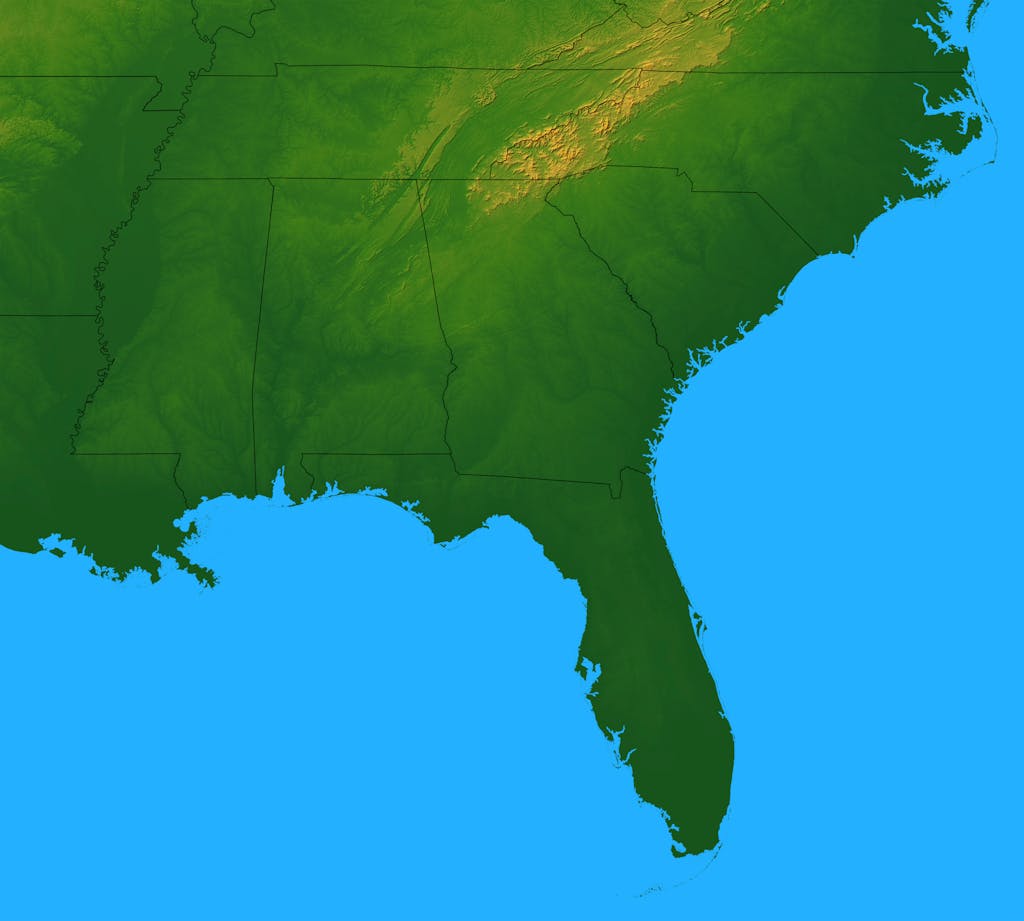
Much of the potential is found in the more densely populated urban areas.
These locations already have higher rates of residential solar installations, but they’re often found on the rooftops of non-LMI homes.
The NREL report indicates that the greatest percentage of rooftop solar potential for LMI is found in less densely populated areas and counties with lower income rates.
In particular, LMI counties in the Southeast are ideal for solar and perfect for solar programs.
LMI Income Differences

The potential among LMI households, though, is not distributed evenly.
Households with incomes below 30% of the median income level represent the highest number of households with solar potential and accommodating structures.
Households with incomes that fall between 50% and 80% of the median (the highest income level for LMI classification) have the most solar-suitable buildings and the second-highest number of households with solar potential.
It’s noteworthy that the lowest-income group has significant potential but is the least likely to gain access.
Tenure and Building Type Differences
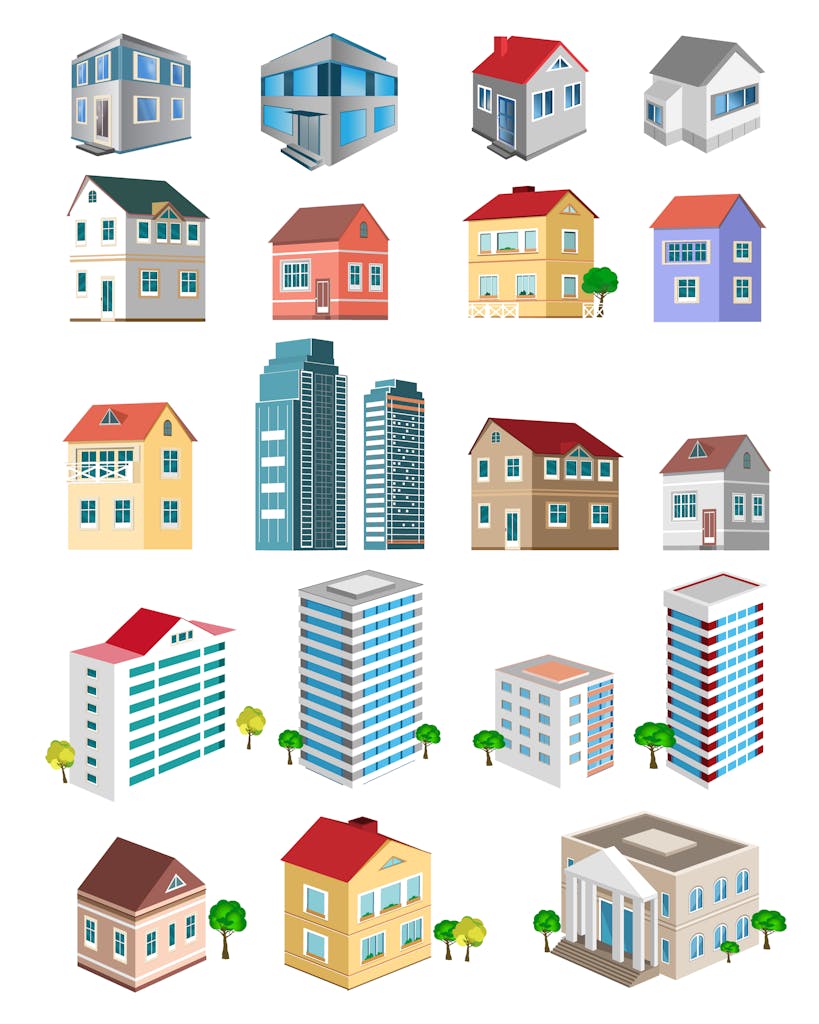
The current distribution of solar installations is primarily on single-family, owner-occupied houses.
There is little incentive for the owners of renter-occupied units to invest in solar because renters typically pay their own utilities.
Owners of single- and multifamily rental units would not be able to recoup the cost of solar installation unless they charge higher rents, likely undermining the possibility of solar for affordable housing.
The highest potential for solar across all income groups is for single-family units at 68.4%. However, the rate drops for LMI groups.
Across all LMI housing, single-family units hold 40.1% of the solar potential.
Likewise, the solar potential for LMI households in rental units is a little higher than owner-occupied housing.
Recognizing Barriers for LMI Solar

The potential is there to expand solar energy to LMI households.
However, realizing that potential presents several challenges.
Even with lower solar installation prices, the costs are prohibitive for households that already struggle to make ends meet.
Additional barriers to increasing solar panels for low-income housing include:
- Credit Barriers
- It isn’t just that LMI households cannot afford the upfront costs associated with solar. They also tend to have lower credit scores that reduce the likelihood they would be able to obtain a loan.
- Tax Barriers
- One of the biggest financial incentives that lead many people to invest in solar is tax breaks. The federal solar tax credit and various state tax incentives are unavailable to most LMI households because they do not fall within a high enough tax bracket or carry a high tax burden.
- Rate Barriers
- Many LMI consumers receive rate deductions from their local utility programs through assistance programs. The rates they pay are often lower than what is offered through solar subsidies or community solar programs.
- Decision-making Barriers
- A significant percentage of LMI household rent rather than own. Therefore, they have little to no ability to make decisions about utility sources or the types of structural changes needed for solar installation.
- Knowledge Barriers
- Thus far, LMI communities have largely been ignored in the solar market. They have not had access to the same level of information as higher-income communities that have been the focus of the solar market.
Proving LMI communities with clear information about the benefits of low-income solar requires a targeted approach that considers social and cultural factors.
Addressing Financial Hurdles for Low Income Solar

Solar financing challenges are the most significant barrier to expanding solar into the LMI market.
This is an issue facing the entire LMI sector of the population.
Addressing this hurdle is a major step in improving access to solar energy and reducing energy inequality.
Shared Solar
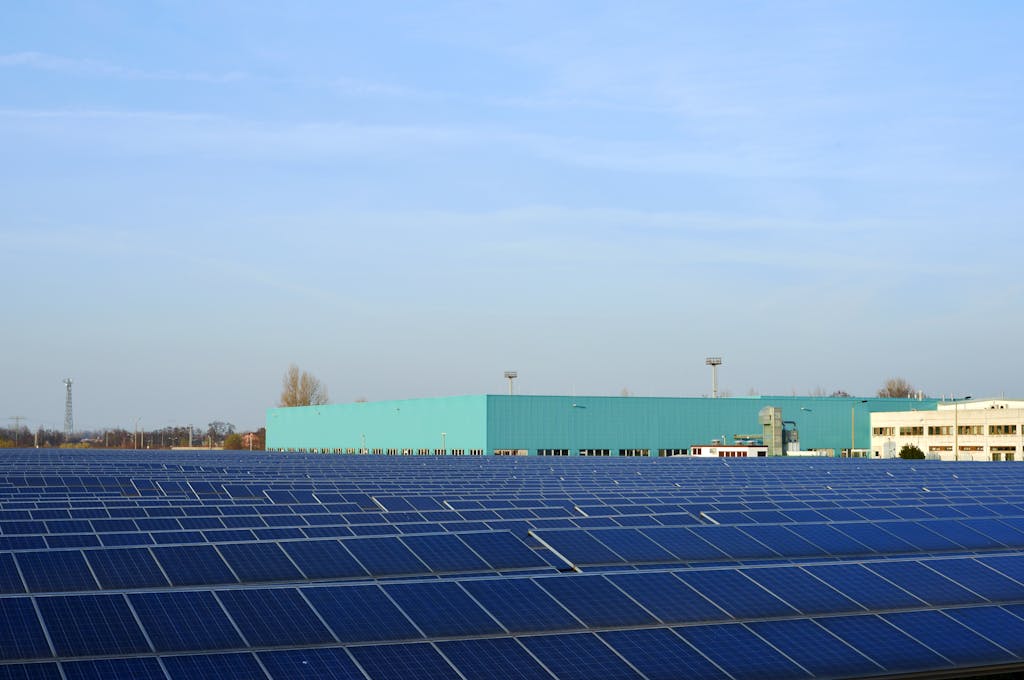
Shared solar programs have potential across income levels, but they may be essential for LMI communities.
By constructing solar arrays that serve an entire LMI neighborhood with shared solar, individual households can subscribe to the program at potentially lower rates than their standard utility rates.
Another benefit to community solar is increasing the percentage of households that could have access to include renters in both single- and multifamily housing units.
Financial Support
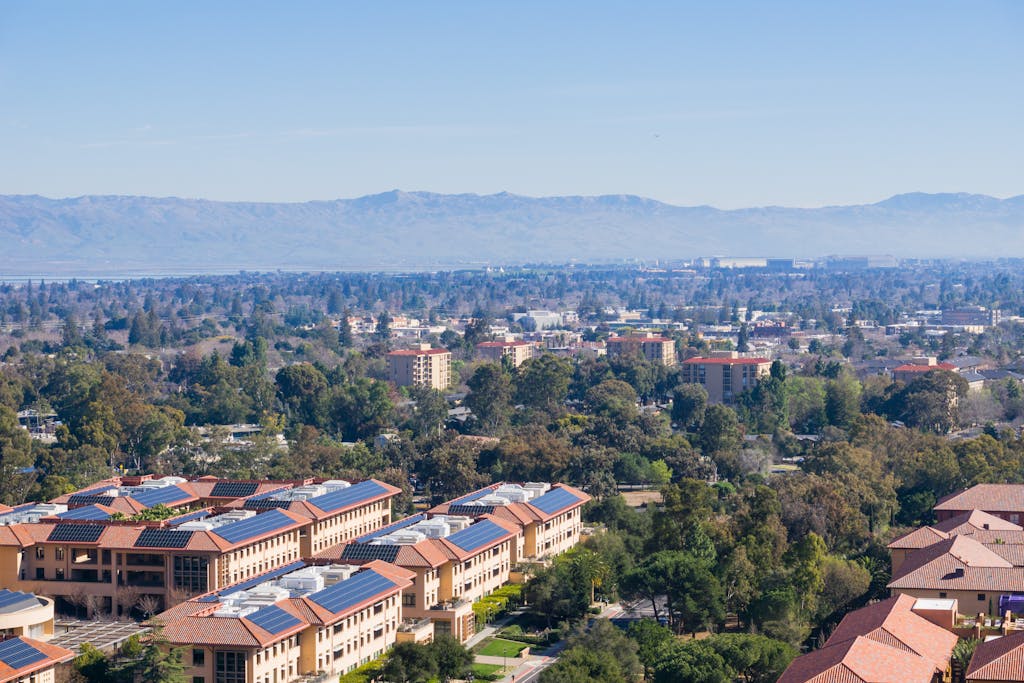
Direct financial support is necessary for a significant expansion of solar panels for low-income housing.
Several mechanisms could reduce the financial burden for LMI households, including:
- Consumer Incentives
- Direct incentives would likely have the biggest impact on the consumer. These incentives could include subsidies for solar installation or subscriptions to community solar.
- On-bill Financing
- This measure places the loan payment for solar installation right on the customer’s utility bill, negating the need for credit applications. This has the added benefit of transferability when one occupant leaves and another moves in.
- Loan Loss Reserves
- These programs are used to set aside public funds to cover losses if customers default on their solar loan. Though this does not directly lower the cost of solar, it does allow financial institutions to lower the credit score requirements for loans.
Removing the financial barriers through multiple measures is the best approach to obtaining the highest percentage of solar potential in LMI communities.
Funding Avenues for States

State-led initiatives to expand low-income solar access require funding sources to provide financial assistance to LMI households.
Several funding avenues already exist that could potentially support states in easing the financial burdens of solar installations for low- and moderate-income communities, including:
- Low Income Energy Assistance Program
- This is an existing federal program that provides aid to low-income households to help cover the cost of energy bills. It isn’t typically used to increase access to solar, but the potential is there.
- Affordable Housing Programs
- There is a growing initiative between the US Department of Housing and Urban Development and affordable housing developers to create more on-site solar for affordable housing.
- Local Investment Partnerships
- In some areas, state governments are forming partnerships with organizations to develop programs that create opportunities for local jobs and improve local economies.
Community solar projects benefit the local environment and economy, making them an ideal project for these programs.
Leading the Way to Expand Access to Solar Panels for Low Income Housing
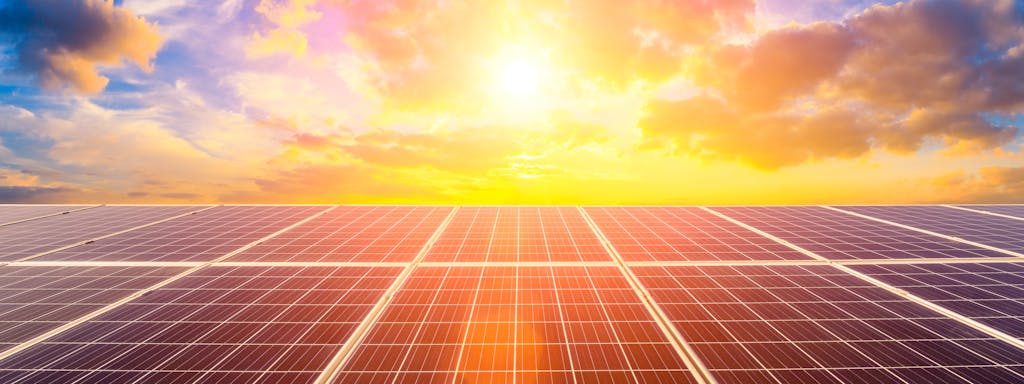
Several states are leading the charge to expand solar energy into LMI communities.
New York, DC, Oregon, California, Colorado, Minnesota, and Massachusetts have implemented policies and mechanisms to help LMI consumers switch to solar energy.
Furthermore, California, DC, and Massachusetts address the biggest hurdle through financial support for solar in LMI households.
At Unbound Solar®, we firmly believe every community and household should have access to solar energy.
Expanding low-income solar is imperative for public and environmental health and equity.
Since 1992, it’s been our mission to empower people to harness clean energy.
Contact us to see how we can help you make solar available to all communities.
